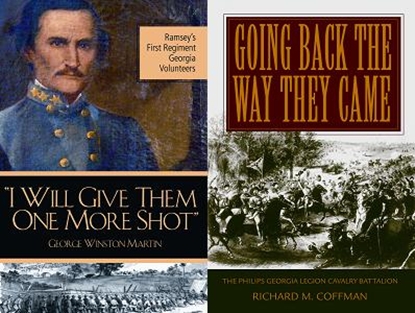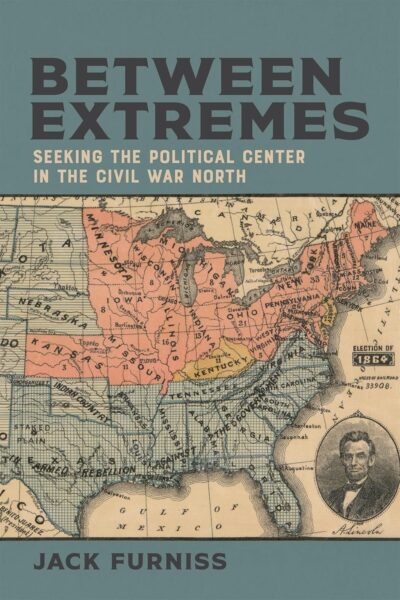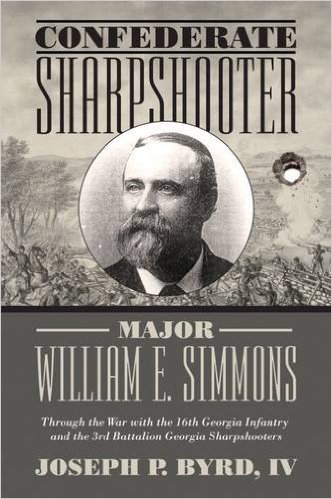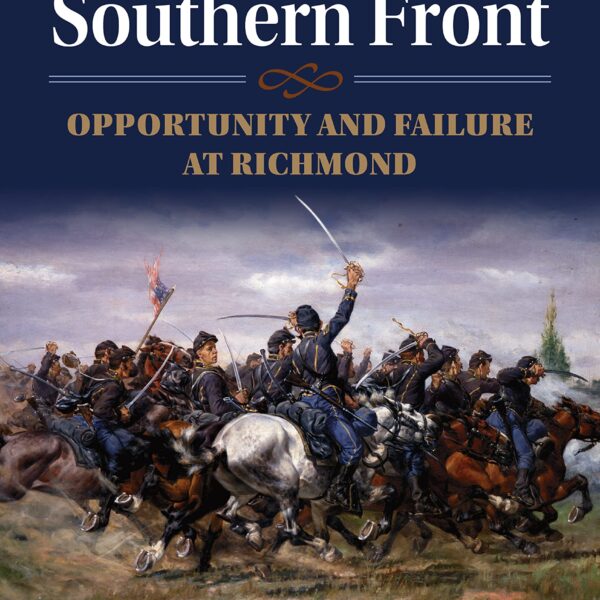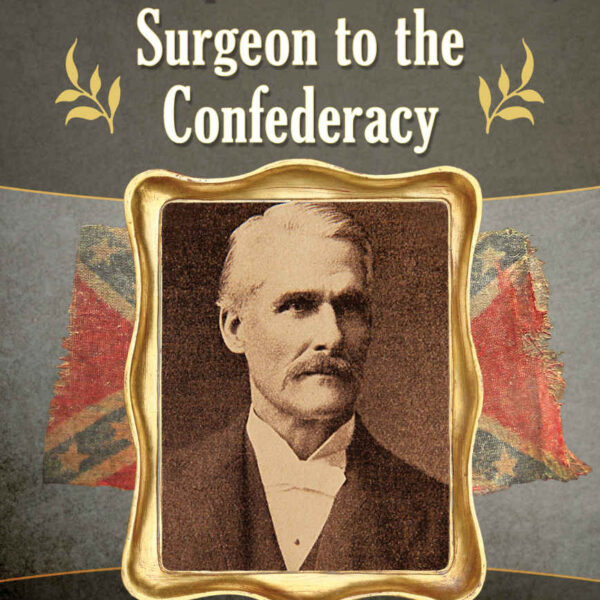It was in the 1950s when historian Bruce Catton first called attention to the value of Civil War regimental studies. These personal collections of experiences and quotations by the men in the ranks became a fascinating base for Catton’s award-winning, three-volume chronicle of the Union’s Army of the Potomac. That research breakthrough led to a veritable renaissance in the publication of unit histories. Now it is one of the most popular approaches to Civil War writing.
Two new additions to the field are illustrations of units familiar but heretofore unstudied. Both treat of organized troops from Georgia, a state sadly lacking in published regimental compilations.
George Martin’s history of the first of the 1st Georgia Infantry regiments (ten different units bore the title) is a solid contribution to regimental studies. It is as well a fitting tribute to a Confederate force whose campaigning life lasted less than a year.
Formed in the main of prewar militia companies, Col. James Newton Ramsey’s regiment was the first Georgia unit to enter field service. Brief duty at Pensacola, Fla., did not prepare the Southerners for what followed. The 1st Georgia was in the middle of the disastrous 1861 campaign in western Virginia. It suffered even worse during Gen. “Stonewall” Jackson’s Romney expedition in the frigid elements of winter. What was left of the Georgia unit went home at the expiration of its 12-month tour of duty.
Martin provides a smooth flowing narrative, heavily laced with soldier quotations. Many are from heretofore unused sources. The accompanying muster roll is replete with full names as well as individual service records spanning the war period. Maps are clear; individual photographs abound.
This will be the definitive study of a short-lived but gallant regiment that, giving its best, suffered more deaths from disease than from combat.
Phillips Legion was one of a handful of mini-army units raised early in the war. Companies of infantry and cavalry, with an artillery battery sometimes attached, went forth to war with more enthusiasm than organization. Most of the legions disintegrated in time in order to conform to the usual army chain of command. In the case of Phillips Legion, it ultimately split into mounted and infantry wings.
William Coffman, an Air Force career officer, has spent a decade combing sources for elusive material on the cavalry battalion portion of the legion. Only a half-dozen companies formed the unit, but the author fortunately unearthed an unusually large amount of unused primary material.
The quotations are the real value of this text. They are fresh, revealing, and useful for gaining insights into volunteers from the Peach State. When there are not soldier observations to bolster the story, it loses appeal and human involvement. Coffman’s 111-page text follows chronology to a fault. Sometimes, as in the 1863 Mine Run Campaign, all of the army movements are given even though Phillips’ cavalry was not involved.
First service for the cavalrymen was the 1861 struggle for control of western Virginia. Thereafter, the Georgians participated in several major battles in the East without being in the thick of the action. The battalion’s highest fame in the field was the June, 1864, cavalry fight at Trevilian Station, Virginia.
Amid a number of appendices in the last half of the book is a roster of the cavalry battalion. One wishes the author could have provided more than initials for most of the names in the listing. The book also would have benefitted appreciably from better text-editing. The nine maps come from as many different sources and are not in chronological order. Grammatical bumps—such as the soldier who “elaborated briefly” on an action—are distracting.
Coffman’s efforts were obviously a labor of love and deserve commendation. But for him, Phillips Legion would continue to remain in obscurity.
The Civil War Sesquicentennial now upon us will doubtless generate a new wave of regimental studies. Hopefully the larger number will focus on Confederate units. For too long Johnny Rebs have needed to have their side more fully represented in the saga of the nation’s most important struggle.
James I. Robertson, Jr. is an Alumni Distinguished Professor of History at Virginia Tech University. He is the author or editor of more than 20 books, including Stonewall Jackson: The Man, The Soldier, The Legend.
